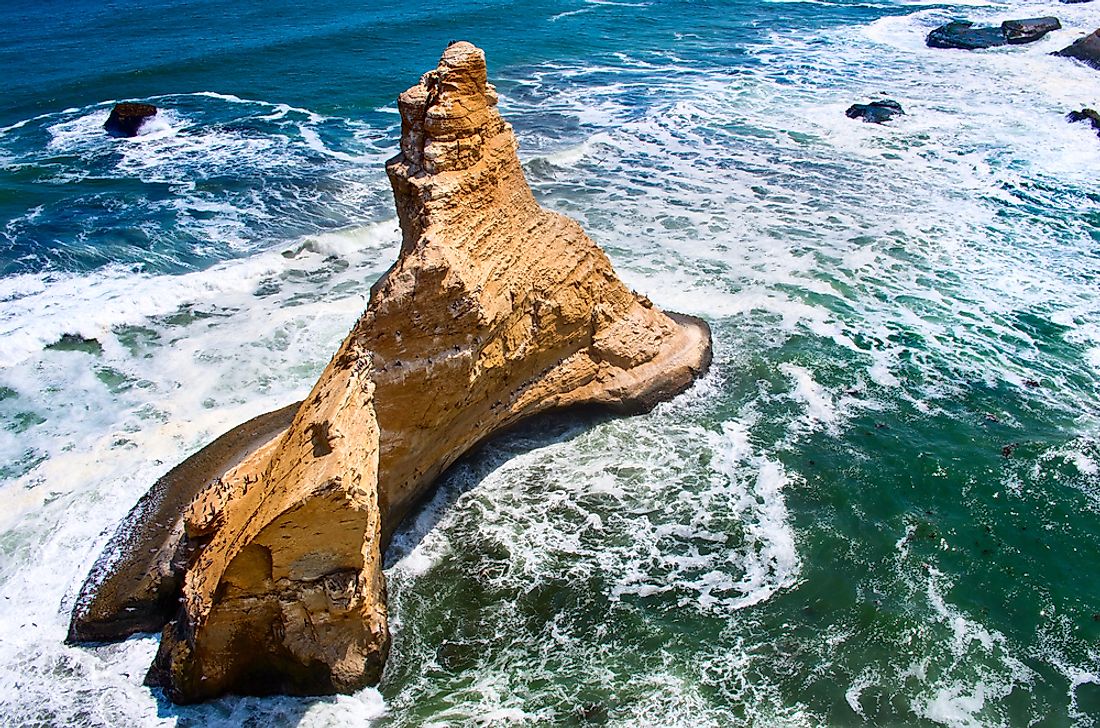Where Is The Mar de Grau?

Mar de Grau is a water body on the Pacific Ocean, located in South America and controlled by Peru. The body of water is approximately 3,079 km long and extends from the parallel line of Boca de Capones in the north of Peru to the parallel of Punto Concordia and all the way to the parallel of City of Tacna in southern Peru. Mar de Grau stretches 370.4 km from the coastline of Peru up to the Pacific Ocean. It is sometimes referred to as the Peruvian Sea. Mar de Grau was named after a Peruvian military officer Miguel Grau Seminario. Grau is considered a hero in Bolivia and Peru because of the War of the Pacific that he successfully fought against Chile. The maritime was officially named after the military officer on May 24, 1984.
Geography and Climate of Mar de Grau
Mar de Grau is located off the Peruvian coastline right into the Pacific Ocean, in South America. El Nino and Humboldt (Peruvian) currents often blow over the water body. The water body is located on a latitudinal range. Thus, the temperatures of the region can be described as warm. The temperature mostly ranges from 25 to 26 degrees Celsius. However, due to the outcrop phenomenon and the Peruvian Current, the temperatures of the region will always fall slightly below the temperatures in the tropical region.
Characteristics
In most cases, it is expected that the sea water will look blue, especially on a bright sunny day. However, this is not the case when it comes to the waters of Mar de Grau. The water appears green in color. The green coloration is as a result of phytoplankton that thrives in the water body. The phytoplankton is the primary source of food for the fish in water. As for salinity, one liter of water from Mar de Grau contains approximately 35-40 grams of salt.
Importance of the Mar de Grau
Mar de Grau is one of the most important economic regions of Peru. The fishing activities have been a major economic booster of the country. In fact, Peru is ranked among the top producers of fish in the world. El Nino Ocean Currents and Humboldt currents are responsible for driving fish to this maritime region. There is quite a variety of sea fish that can be captured in this region. Besides fishing, tourism is also a major activity in and around Mar de Grau. It harbors some of the top tourist hotels and tourist sites in the region. The tourists' hotels are known for their exotic seafood cuisine and traditional Peruvian dishes. The region is also a major trading center as it harbors a number of major Peruvian ports. These ports include Pisco, Chimbote, Paita, Ilo, Matarani, and El Callao.







